Popular Synthetic Hair Extensions Contain Carcinogens—So Why Are There Still No Regulations?
Emerging brands are creating safer braiding options, but they need more support to thrive.
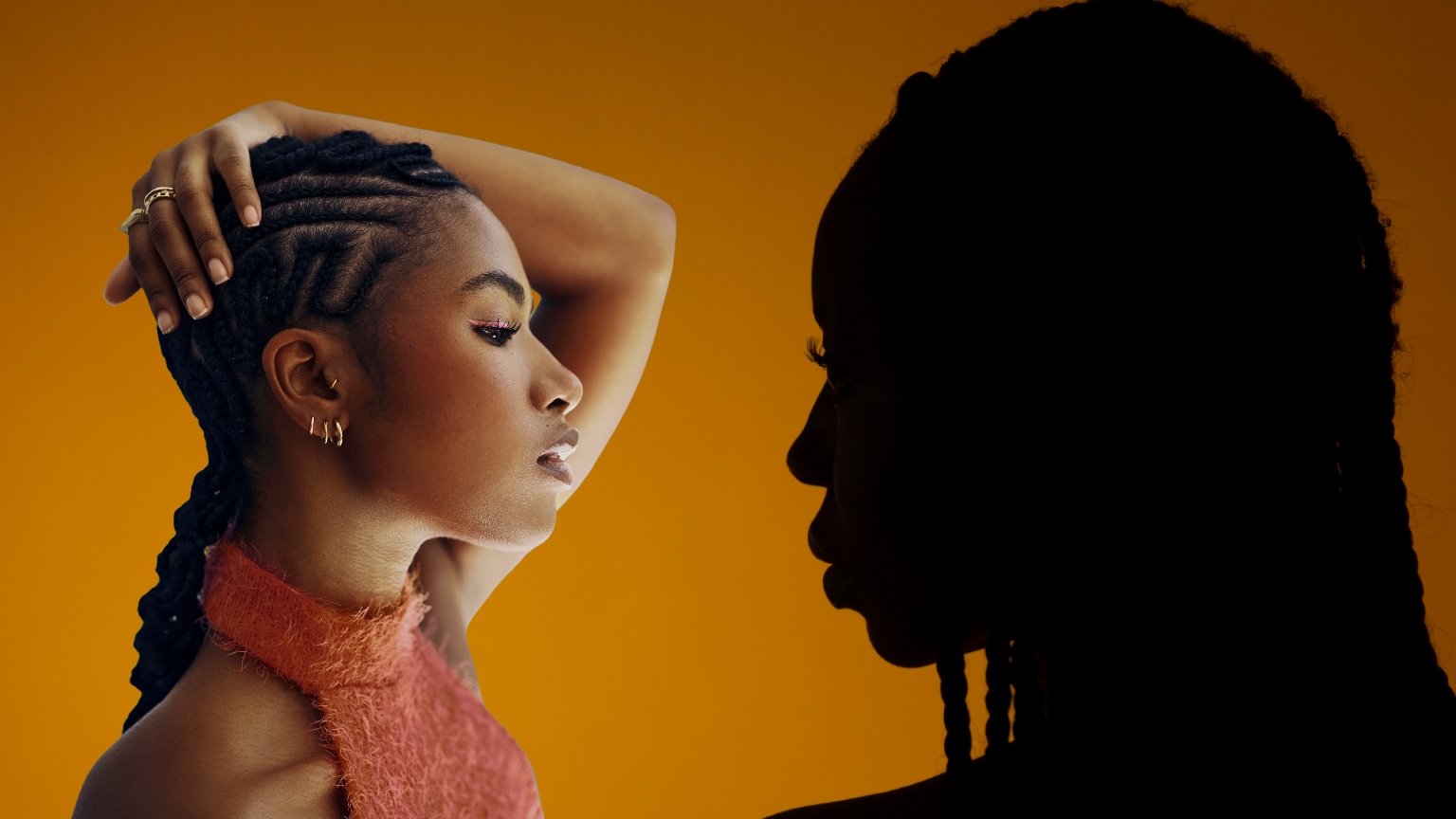
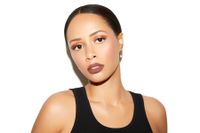
No matter where we are in the diaspora, braids have always kept the Black community connected.
That said, it’s no surprise that kanekalon hair—the most common and inexpensive type of braiding extensions—has become a mainstay at beauty supply stores and salons, helping to craft some of the most exquisite styles, from Fulani braids to the butt-length knotless variety. But what’s less known about this type of hair is that according to a 2025 study published by Consumer Reports, many of these products, made with materials like PVC, contain carcinogens.
Brands like Ruka and Rebundle, both launched in early 2021, as well as Nourie, which came to market in 2022, have long been ahead of the curve when it comes to providing safe options for braiding hair—offering products made with ingredients like advanced collagen protein and banana fiber. But producing a new and innovative product while keeping up with demand, all while trying to scale, can be a challenge. Yet Ciara Imani May, Tendai Moyo, and Osahon Ojeaga, the founders of Rebundle, Ruka Hair, and Nourie, respectively, easily agree on one thing: It’s worth it.
“What we’re doing has implications far beyond hair,” shares Moyo. “We’re showing that scientific innovation can serve communities that have historically been overlooked—and that beauty can be built on health, sustainability, and integrity.”
Ahead, Marie Claire takes a deep dive into the potential health risks of some of the most popular braiding extension brands, what a growing number of consumers are now demanding, how businesses like Ruka Hair and Rebundle can find success, and what future safety regulations should look like.
Exactly How Harmful Is Synthetic Hair?
With testing beginning in 2024, Consumer Reports compiled 10 of the most popular kanekalon braiding hair extensions—including Hbegant, Magic Fingers, Sassy Collection, Sensationnel, and Shake-N-Go—sending each blind-coded sample to an independent lab to test for heavy metal and volatile organic compounds (VOCs), like acetone and isopropylbenzene.
Nine out of the 10 samples analyzed were found to have over 100 percent of the maximum allowable dose level of lead, with Sassy Collection’s 100 percent Kanekalon Jumbo Braid reaching a whopping 610 percent. Congruently, all 10 hair brands tested contained VOCs.
Get exclusive access to fashion and beauty trends, hot-off-the-press celebrity news, and more.
Hbegant’s Afro Twist Pre Fluffed Wrapping Hair, 24” contained the least, with 59 VOCs measured, including acetone, methylene chloride, toluene, 1,2-dichloroethane, and isopropylbenzene. Magic Fingers’ 3X Pre-Stretched Braiding Hair, 52" on the other hand, contained a total of 5,250,280 VOCs measured, with similar harmful ingredients found.
Potential Health Risks of Braiding Hair
While stunning, the results of the Consumer Reports study were not necessarily shocking.
This is not the first time hair products marketed to Black women have been associated with potential serious health risks. According to Reuters, over 7,000 lawsuits were filed in 2023 by Black women claiming hair relaxers gave them cancer.
Nine out of the 10 [hair] samples analyzed were found to have over 100 percent of the maximum allowable dose level of lead.
At minimum, “[the chemicals found in braiding hair] can cause dermatitis, which can lead to inflammation and irritation,” explains board-certified dermatologist Michelle Henry, MD FAAD. “This can cause tenderness, redness, discomfort, and hair loss,”
Additionally, Dr. Henry explains that if the hair is long enough to come into contact with other parts of the body, it can cause additional irritation in those areas, which can compromise the integrity of the skin. “Once your barrier is disrupted, you're more sensitive to topicals and infection,” she adds.
Board-certified OB/GYN Stephanie Hack, MD MPH, says this is not something to take lightly. She explains that chemical absorption through the skin can play a major role in developing serious illnesses that can affect the endocrine system and reproductive organs. “The scalp has a rich blood supply, [making it more absorbant],” she says. “[These chemicals can also enter the body] through inhalation, like when hair is dipped in hot water or heated to seal the ends; or even indirectly if you touch your hair and then eat or touch your face and mouth.”
Benzene—found in Sensationnel’s Ruwa 3X Pre-Stretched Kids Braid 12'' and X-Pression 3X Pre-Stretched Braid 58'', along with Magic Fingers3X Pre-Stretched Braiding Hair 52"—is a known carcinogen, most commonly linked to a higher risk of leukemia in people with long-term exposure, shares Dr. Hack.
While more research is needed, the U.S. Environmental Protection Agency reports that women who inhale high levels of benzene may experience reproductive effects as well. Through animal studies, researchers found that it could have adverse effects on the fetus, including low birth weight, delayed bone formation, and bone marrow damage when exposed to levels exceeding the maximum tolerance dose.
We’re showing that scientific innovation can serve communities that have historically been overlooked—and that beauty can be built on health, sustainability, and integrity.
Tendai Moyo
Lead, in addition to potentially harming the kidneys, liver, and central nervous system, can also disrupt endocrine and reproductive organs—affecting both men and women. “When lead is absorbed by a pregnant woman, it easily crosses the placenta, exposing the developing fetus,” explains Dr. Hack. “Prenatal exposure to lead has been associated with reduced birth weight, preterm delivery, and neurodevelopmental abnormalities in children. In adults, high levels of lead exposure have been linked to decreased sperm counts in men and an increased risk of miscarriage or spontaneous abortion in women.”
Acetone and similar VOCs pose endocrine and reproductive risks as well, with the potential to shift the way hormones like estrogen and progesterone are produced and regulated in the body. “This can affect menstrual cycles, fertility, and other reproductive functions,” Dr. Hack explains.
But here’s the good news: A single set of braids using traditional kanekalon hair installed every once in a while likely won’t land you in the doctor’s office; however, absorption can be cumulative—which is important to keep in mind, seeing as many people keep their braids in for up to one and a half months.
“When exposure happens daily or for weeks at a time, that ‘small’ exposure can add up,” Dr. Hack says. “Endocrine disruption can increase the risk of fibroids, endometriosis, PCOS, thyroid disorders, and even certain cancers.”
Consumer Demands and New Developments
Luckily, consumers are refusing to accept the lack of new innovation in the braiding hair category. “There’s absolutely been increased demand for safer braiding hair,” shares Ojeaga, who adds that many Black women who have used traditional kanekalon hair over the years have simply done so due to lack of access and education.
James Rogers, Director of Product and Food Safety Research and Testing at Consumer Reports, agrees that demand is growing. Since publishing the report in February, he shares that Black women and women of color from around the world have not only expressed gratitude for the findings, but also want to see more done when it comes to offering safety regulations. “There have also been strong calls for expanded testing—not only of artificial braiding hair, but also of human hair products and newer, plant-based alternatives,” he shares.
Ojeaga, May, and Moyo all welcome these demands, which is why they founded their respective companies with transparency being a main pillar of their businesses.
“Aja Labs, the creator of Nourie, is a materials-science company built by and for those who were tired of accepting harm as the cost of beauty.” explains Ojeaga. “We developed Nourie as a body-safe, Bio-Intelligent Beauty [biomimetic] fiber that works in partnership with the scalp [barrier] instead of attacking it.”
May shares a similar sentiment when it comes to the mission behind creating her company. “What we’re doing at Rebundle is bigger than hair,” she says. “It’s redefining what health and sustainability look like for an industry that has historically excluded Black women from innovation.”
By using banana fibers to create the brand’s signature BraidBetter hair, Rebundled is able to not only offer a product that’s free of harmful chemicals, but also vegan and biodegradable. “Our development process is guided by evidence, from our issued patent to our ongoing clinical and microbiome studies, to make sure every innovation we release is truly safer and better for people and the planet,” May shares.
There have been strong calls for expanded testing—not only of artificial braiding hair, but also of human hair products and newer, plant-based alternatives.
James Rogers
As for Ruka Hair, Moyo shares that the same chemicals that were found in U.S. braiding hair were also in products being sold in the U.K., where she is based. “What shocked me most was how normalized this had become,” she says. “We’ve accepted burning synthetic ends in our kitchens, wearing products that cause headaches or rashes, and calling it ‘protective styling.’ It’s the opposite of protection.”
Like the other brands, Ruka Hair was built in response to the lack of safety regulations for braiding hair. Moyo and her team began by studying ethically-sourced hair to understand how natural hair fibers behave and developed their initial range: the TextureMatch collection. With this as their foundation, they used advanced collagen protein fiber taken from cowhides, post meat-processing, to create their Synths2 line of braiding hair extensions, which, unlike most synthetic hair, can withstand heat styling up to 180 degrees.
Challenges For Businesses to Scale
While there is consumer demand for safer alternatives, it’s not always easy for these types of innovative businesses to grow. Aside from challenges around funding, there’s no blueprint on how to expand a business that, quite literally, has never existed before.
For Nourie, Ojeaga says the biggest challenge has been balancing the pace of the venture-backed business’ growth, all while creating something brand new. “Scaling a material from lab to manufacturing takes time,” she explains. “You make progress, curiosity strikes, you tweak a ratio or shift a process, and suddenly everything breaks.”
May shares her company experiences similar growing pains, all while not cutting corners when it comes to integrity. “We’ve had to invent our own manufacturing processes, establish partnerships across continents, and educate both consumers and stylists about why this product matters,” she says. “Balancing education, production, and growth without compromising our values has been the biggest ongoing challenge. And, of course, funding is an ongoing challenge.”
What we’re doing at Rebundle is bigger than hair. It’s redefining what health and sustainability look like for an industry that has historically excluded Black women from innovation.
Ciara Imani May
Moyo has faced challenges not only when it comes to manufacturing and supply chain, but also while ensuring the product reaches the highest standards of quality. “Because of the lack of regulation in this industry, even small variations in [materials] can affect the final product,” she explains. The Ruka Hair founder also shares that her company was recently burglarized, losing six figures worth of stock and materials. “It was a huge setback but I always say, ‘We’re now making products good enough to steal,’ and that in itself says something about the value of what we’ve built.”
Yet, despite these obstacles, these women still continue—simply because they know the Black community deserves better.
The Future of Safety Regulations
While the FDA has strict regulations for certain beauty products like sunscreen, no rules have ever been put in place for what materials can be used to create synthetic braiding hair. Rogers doesn't think things will change on a federal level any time soon.
“The current [federal] regulatory climate does not appear to support new laws or guidance that would require personal care products to meet stronger safety standards,” he explains. “However, several state governments are stepping up to fill that gap, advancing legislation aimed at protecting consumers from harmful chemicals in these products.”
Since no parameters currently exist, Rogers isn’t quite sure what these regulations would look like in this category, but believes that manufacturers should take steps to ensure product safety before the hair reaches consumers. “This includes testing final products prior to distribution for volatile organic compounds, heavy metals, and additional testing for chemicals such as endocrine disruptors and plasticizers,” he says.
Ojeaga agrees, but adds that ensuring true safety for Black consumers ultimately comes down to one thing: More Black ownership in the space.
“If history tells us anything, it’s that transformation in Black hair care always follows a reckoning,” she shares. “If things go the way I envision, we’ll see a rise in Black ownership tied to innovation, not imitation. But to get there, we have to tell the truth about harm and demand integrity from what we create. Accountability is what opens the door to sustainable power.”
Meet the Experts
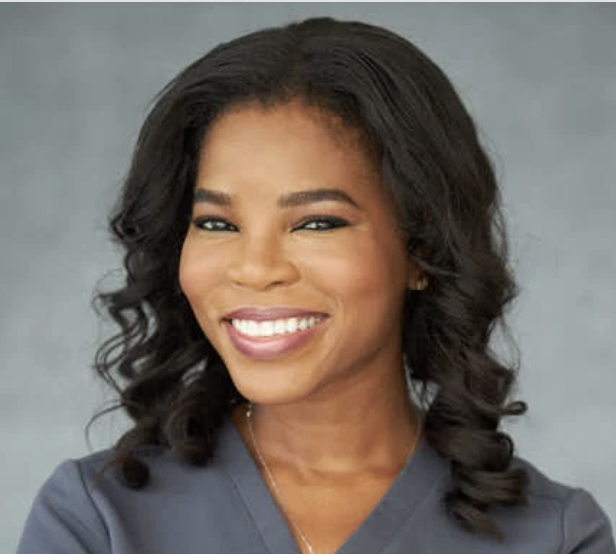
Dr. Michelle Henry is a Mount Sinai and Harvard Trained Dermatologic/Mohs surgeon.
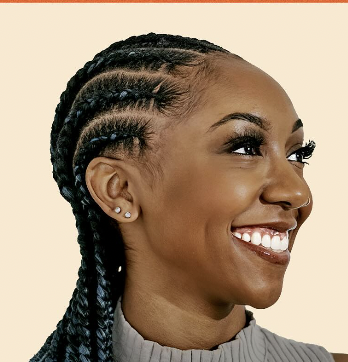
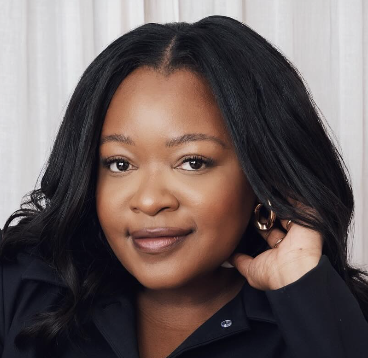
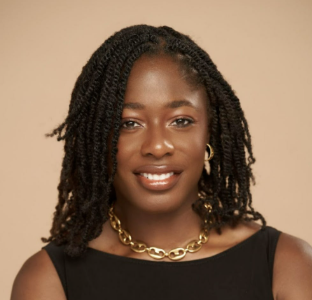
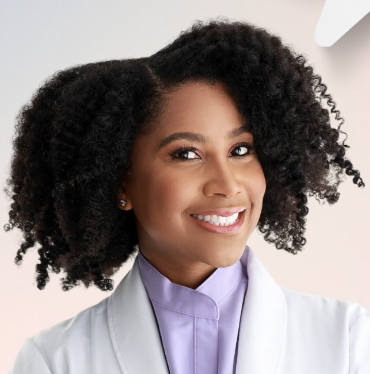


With over 12 years of media experience, Kayla A. Greaves has become one of the most sought-after and authoritative voices in the beauty and wellness sector—both in front of the camera and behind the scenes. Starting her career as an editor, Kayla has interviewed dozens of notable celebrities over the years, like Tracee Ellis Ross, Pharrell, Naomi Campbell, Halle Berry, Dionne Warwick, Dolly Parton, and Chaka Khan, just to name a few. Previously holding the title of Executive Beauty Editor at InStyle—and with bylines at prestigious publications such as Vogue, ELLE, and Allure—Kayla’s expertise, coupled with her gift for sparking fun and captivating conversations, has launched the next phase of her career as a true multi-hyphenated storyteller, on-camera talent, and beauty authority. Kayla can be seen as an expert commentator on HBO’s The Beauty of Blackness and Netflix’s The Black Beauty Effect, while her on-camera charm has landed her brand campaigns for major companies like SheaMoisture, Ulta, T.J.Maxx, and Maybelline.